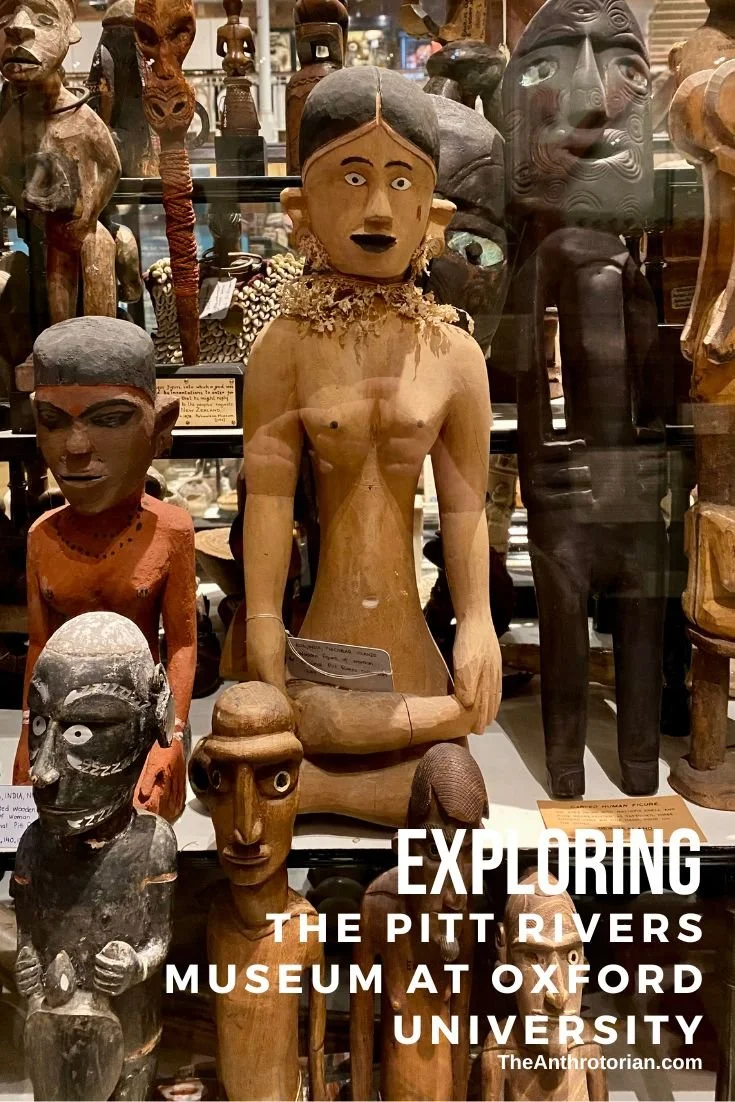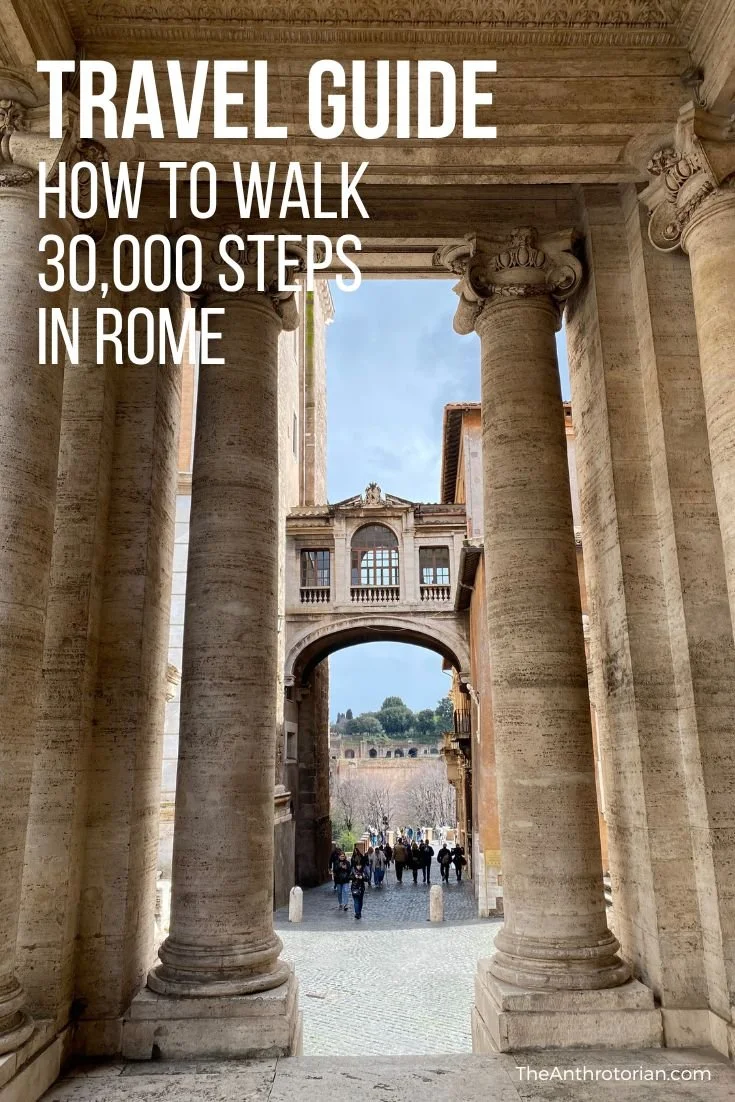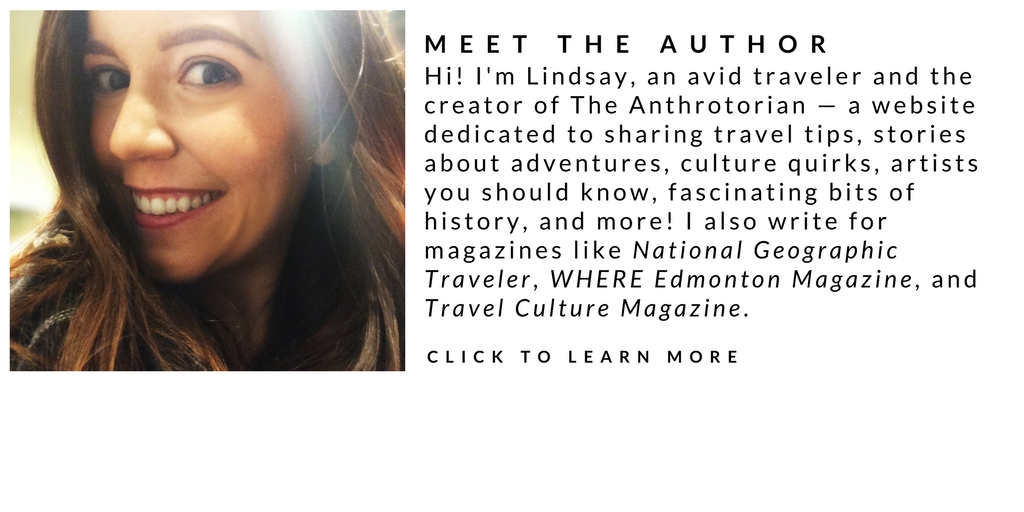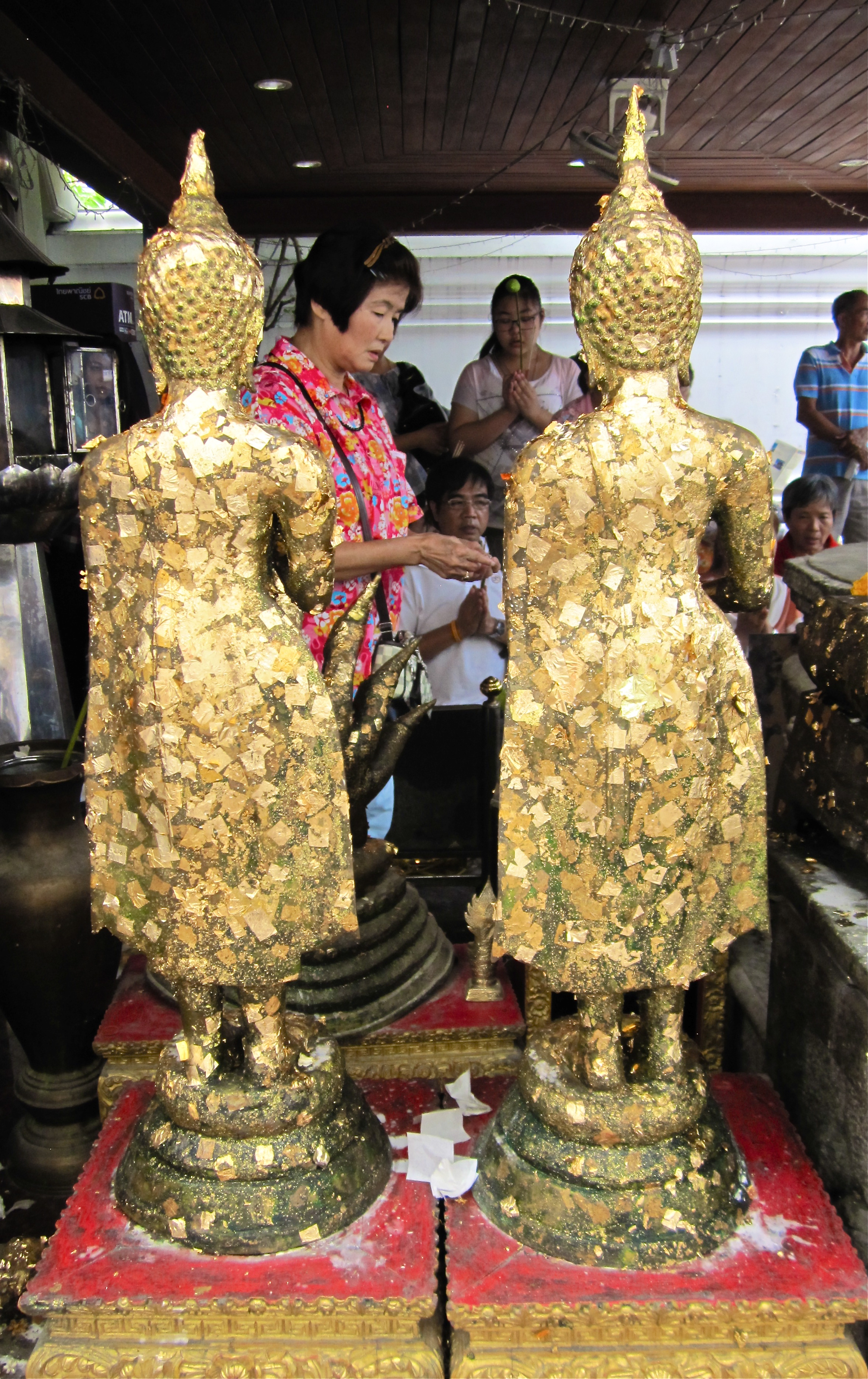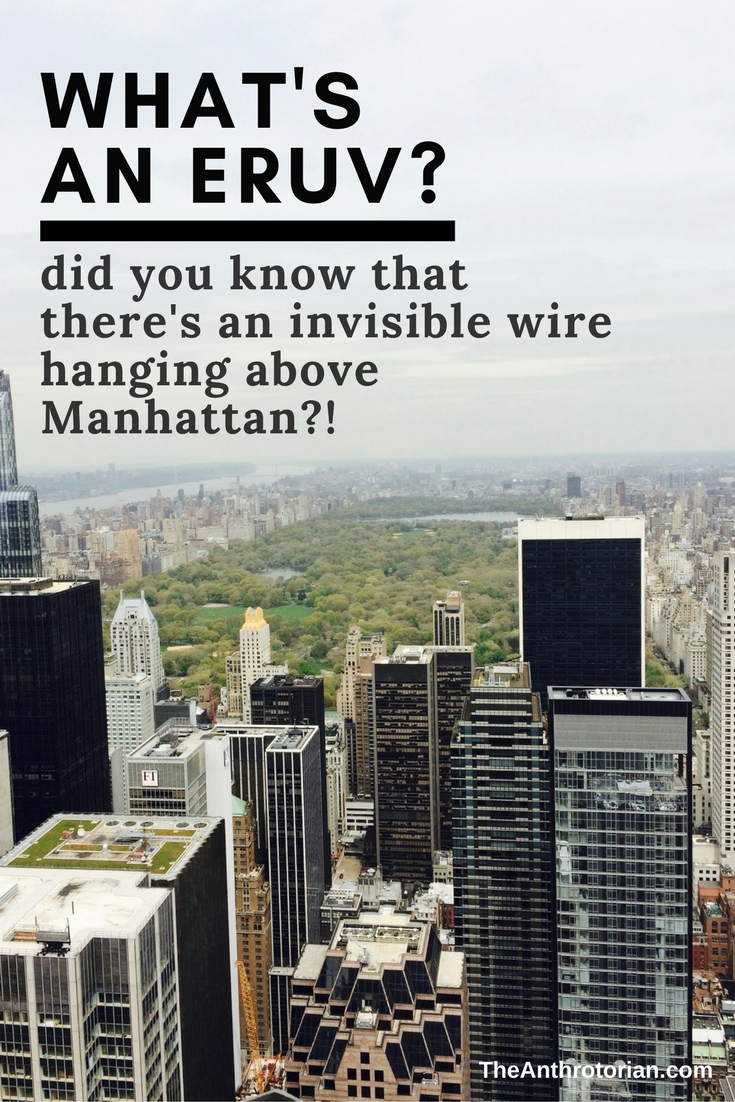In 1898, British explorer Ewart Grogan was in love. The problem? He was in love with an aristocrat's daughter who didn't think that he was good enough for her. Before he could marry, Grogan had to prove his worth, and so set out on an epic quest to be the very first (English) man to cross the length of Africa from Cape Town to Cairo.
No, this is not the scene from a movie, or from an epic romance novel. This is a real life (rarely told) story that author Julian Smith discovered by chance, and that inspired him to embark on his own adventure — in Grogan's footsteps. Nearly a century after the original adventurer set out to conquer Africa, Smith found himself madly in love, yet terrified by the prospect of marriage (aren't we all).
“Traveling can be the ultimate alone time, which is probably why I ended up doing it for a living. Away from home and surrounded by strangers, you can be anyone or no one, anonymous or camouflaged.”
Deciding drastic measures were needed in order for him to face his marriage fears, he decided to trace the 4,500-mile journey that Grogan took. A strange choice right before a wedding, but one that he committed to regardless.
In the spellbinding Crossing The Heart of Africa, Smith weaves the most fascinating elements of Grogan's original adventure into his own honest, introspective journey through one of the toughest continents in the world. It is a FANTASTIC read.

